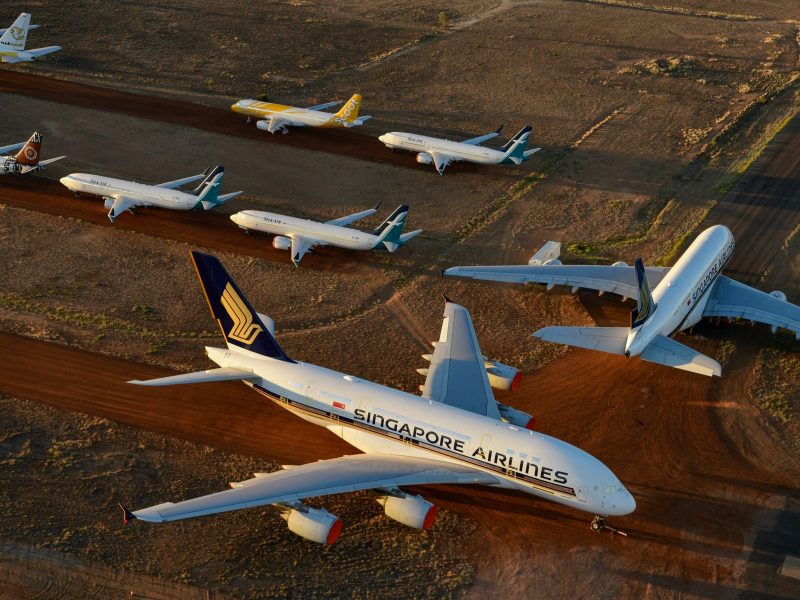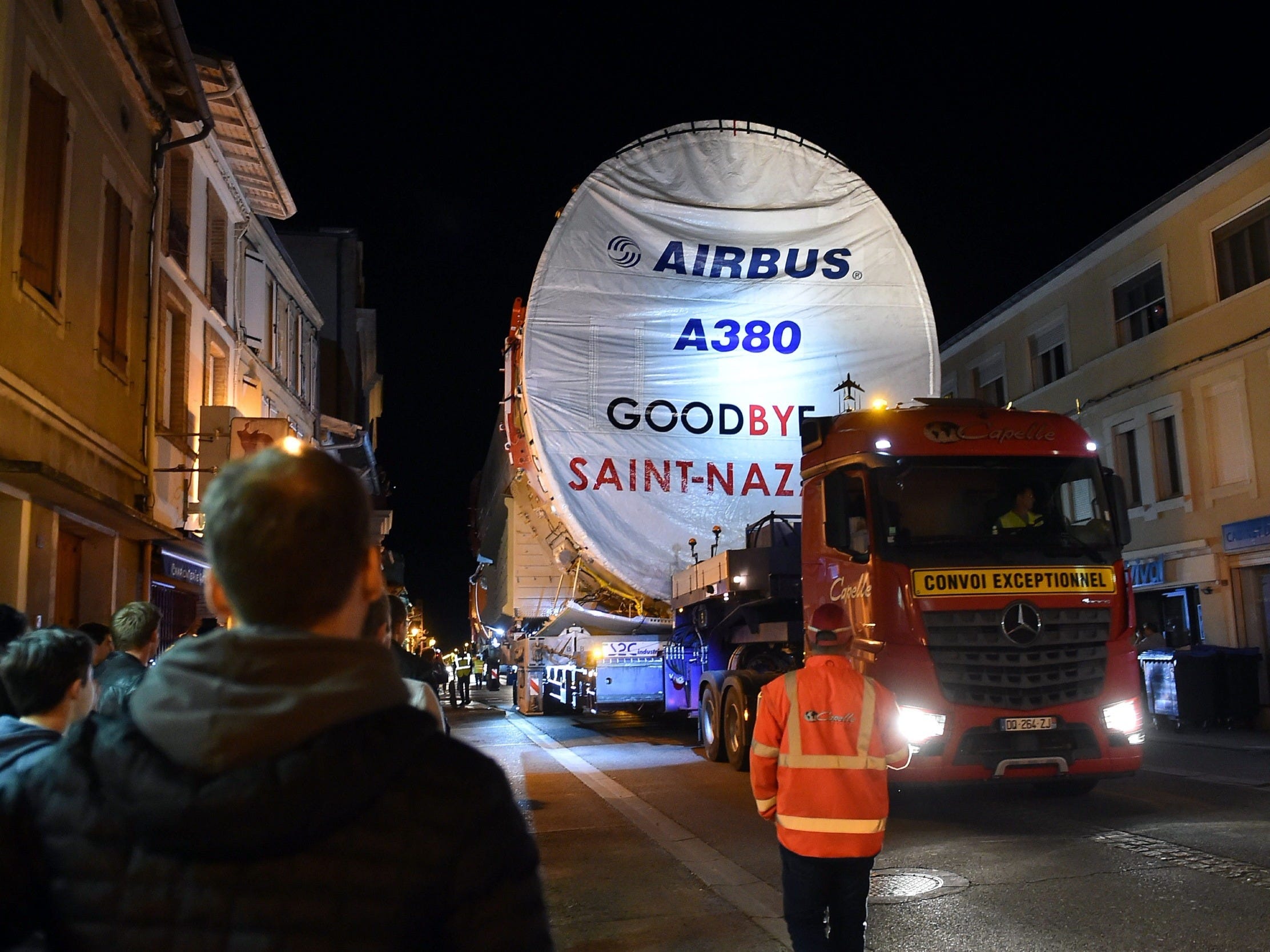- Airbus transported its last A380 fuselage through Levignac, France, via truck convoy en route to the final assembly line in Toulouse on Wednesday.
- The A380 product line is being shuttered as no more orders have been placed for the superjumbo jet and next-generation aircraft are taking its place.
- Emirates will take delivery of the final Airbus A380 in mid-2021 after largely keeping the program alive with new orders in recent years.
- Visit Business Insider’s homepage for more stories.
Evenings in the French village of Levignac are about to become quieter as Airbus nears the end of an era for its largest passenger jet.
The normally quiet village in Southern France sits just outside of Toulouse, the manufacturing hub of the aerospace giant. Levignac doesn’t build airplanes or contribute greatly to Airbus’ supply chain but it’s played an important role in the development of the Airbus A380.
For the past 16 years, Levignac has been one of the last towns on the journey for A380 parts en route to the final assembly line where parts from across Europe are pieced together to form the finished product.
After arriving at the French Atlantic coast, the wings and fuselage for each aircraft are transported by barge inland and then over the road on trucks from Langon to Toulouse, bypassing most villages but passing directly through Levignac. The first convoy passed through Levignac in 2004 and the practice continued for 16 years before the last convoy completed its mission on Wednesday.
Airbus is shuttering its Airbus A380 product line following lackluster sales. Less than 300 aircraft were sold and with the arrival of next-generation aircraft, airlines are finding it more profitable to operate more flights with smaller aircraft than fewer flights with larger aircraft.
The final convoy carried parts destined to become an Airbus A380 for Emirates, the largest operator of the world's largest passenger plane.
Take a look at how the oversized convoy navigated the quiet French village.
The final assembly line, or FAL, is where aircraft parts are pieced together to form the finished flyable product. Each manufacturer has its own supply chain that requires a unique form of transportation to deliver parts to their FALs.
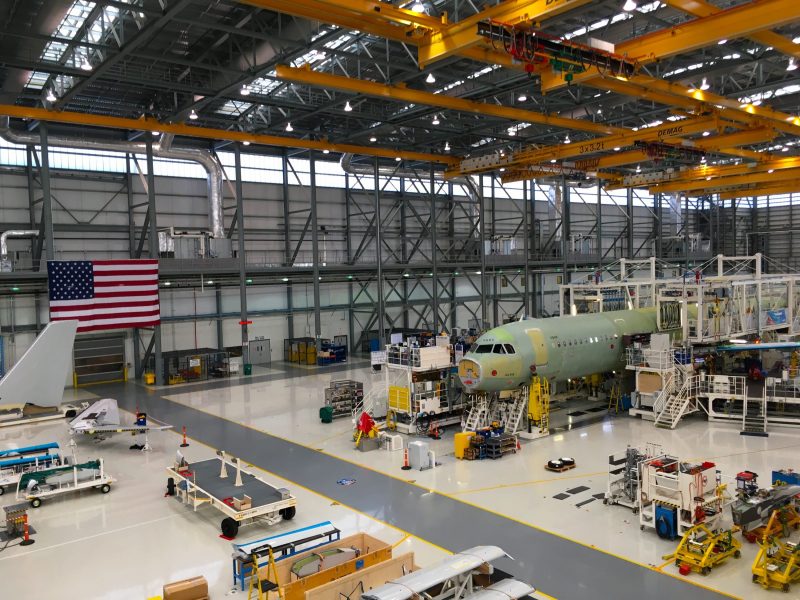
Airbus and Boeing both have planes dedicated to transport aircraft parts. Airbus has the Beluga,
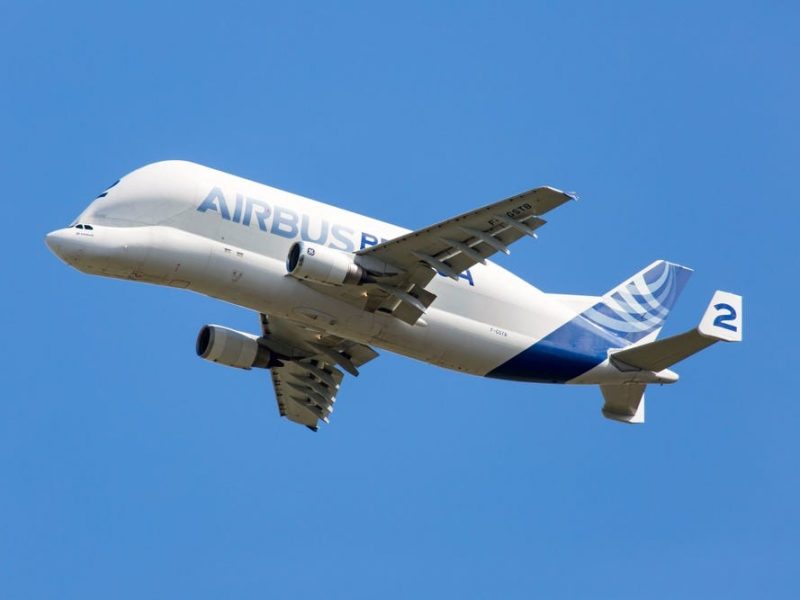
Read More: Airbus's massive new cargo plane that looks like a whale is now fully operational
And Boeing has the 747 Dreamlifter.
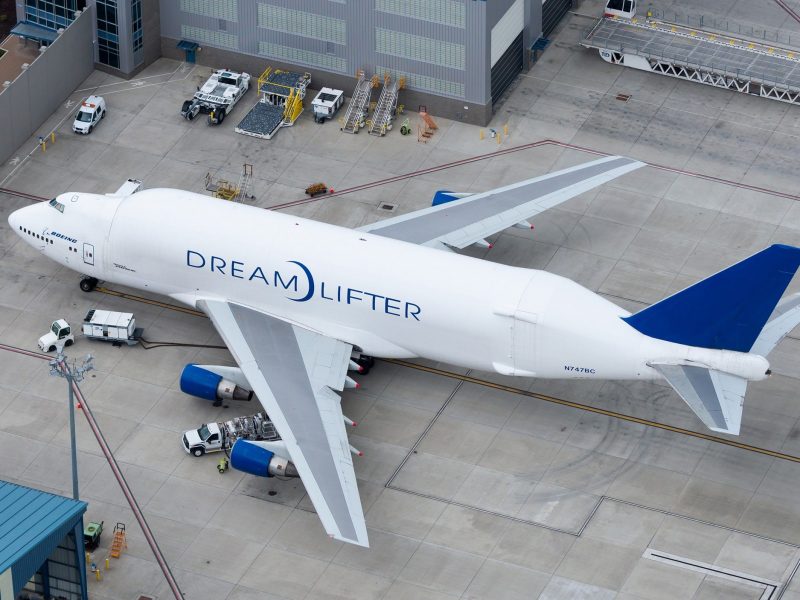
But trucks, ships, and trains are still common modes of transport for aircraft manufacturers, especially when it comes to the world's largest passenger jet.
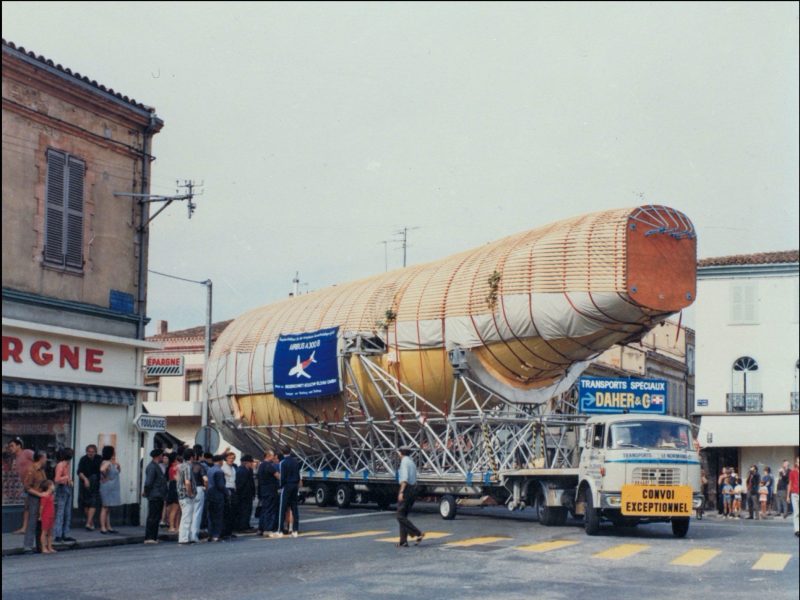
Airbus A380 parts are built across Europe in France, Germany, Spain, and the United Kingdom but the aircraft is assembled in Toulouse, France.
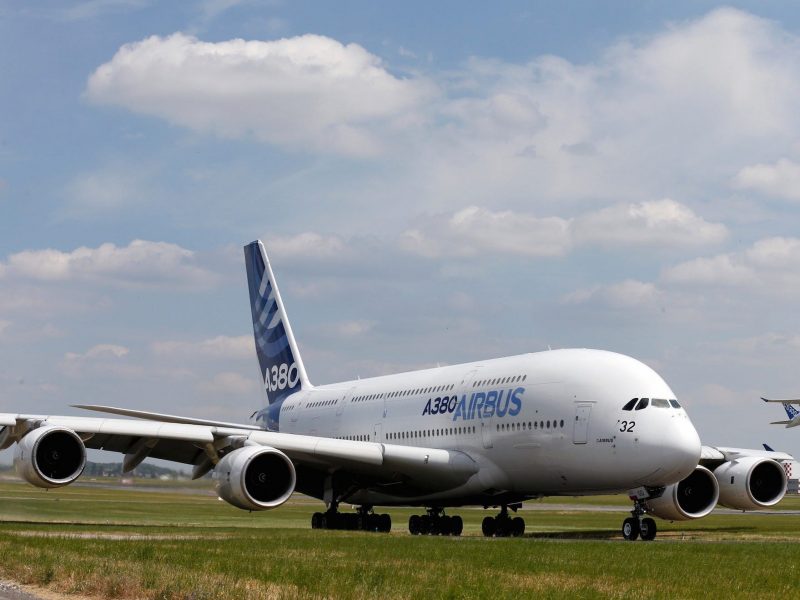
Source: Airbus
Getting there requires a complex system of ships, barges, and trucks that meet in Langon, France, near the French Atlantic coast, for the final haul to the final assembly line.
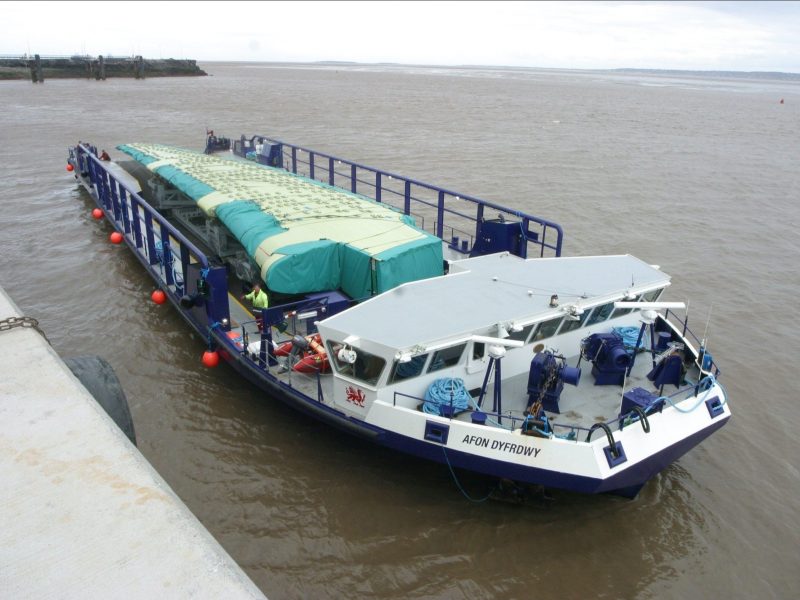
Source: CNN
The rest of the journey to Toulouse is performed over the road using a convoy of trucks. The first convoy departed for Toulouse in April 2004, just over a year before the A380's first flight in 2005,
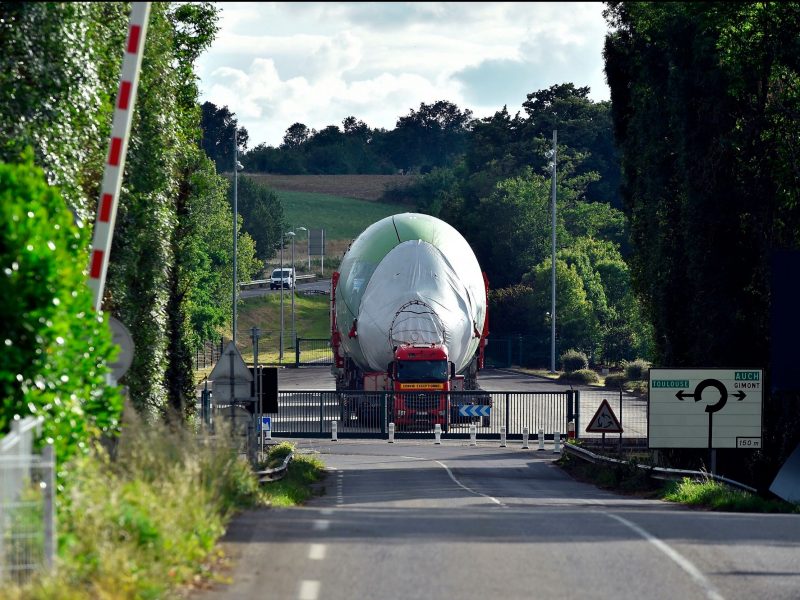
The French term for the route is the "Itineraraire a Grand Gabarit" and its schedule was often published online by the French government.
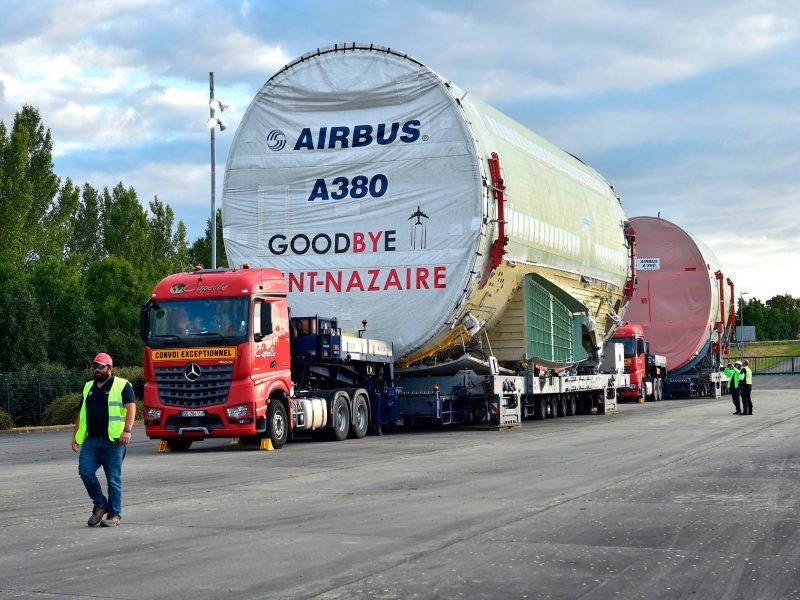
Source: French Ministry of Ecology
Roads had to be modified to the cost of $205 million and most towns were bypassed, except one.
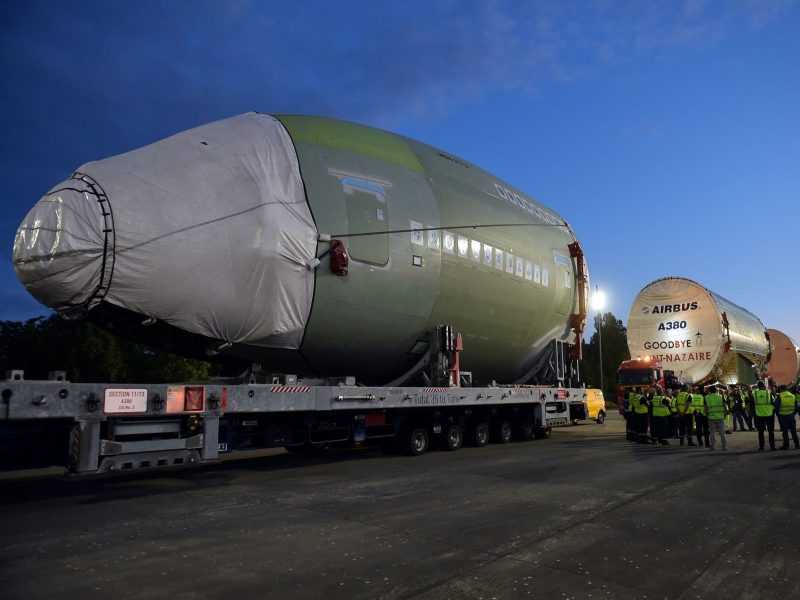
Source: CNN
The convoy would pass directly through Levignac, an hour away from Toulouse for the convoy, in the middle of the night, with the fuselage larger than some of the town's buildings.
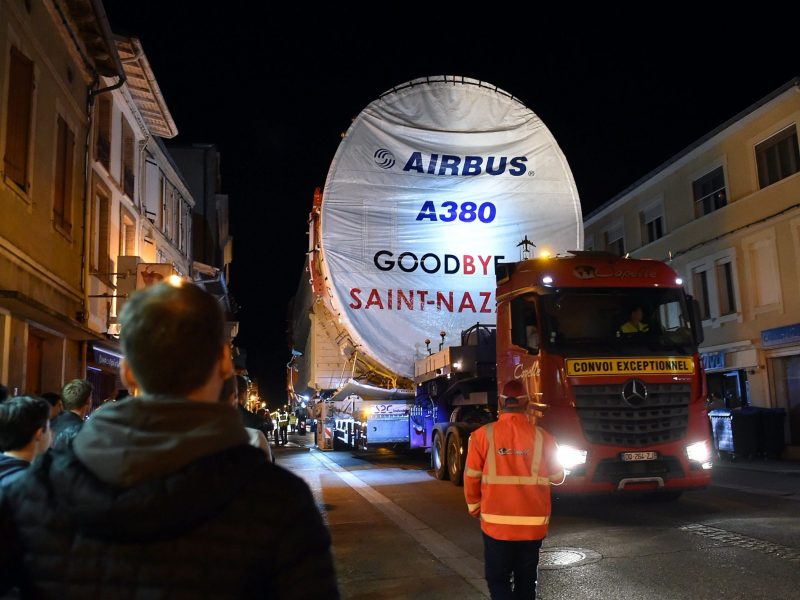
Source: CNN
The fuselage measures around 23 feet wide and a staggering 79 feet tall, not including the height of the truck bed.
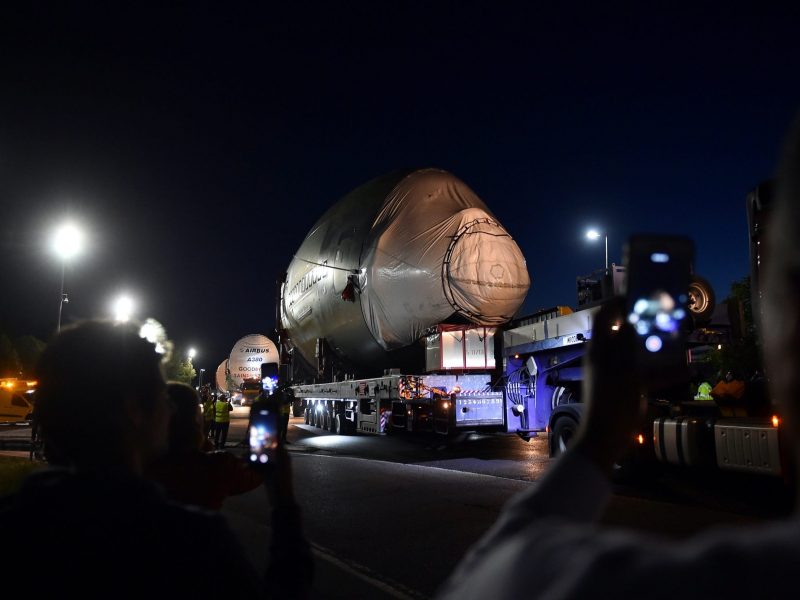
A crowd would typically form to see the A380 convoy, which only proceeds at night through Levignac, but the June 17 convoy was special as it was the last one ever.
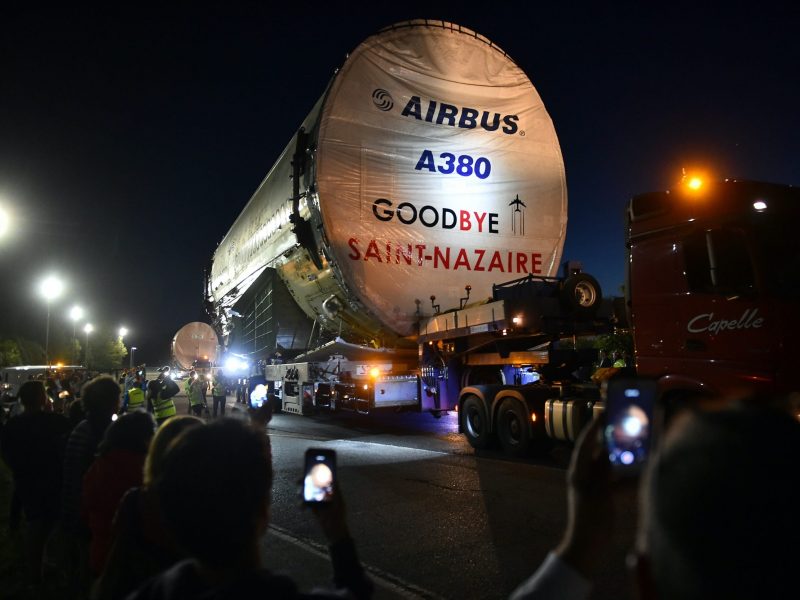
Source: CNN
After 15 years and less than 300 models built, the Airbus A380 program is coming to a close.
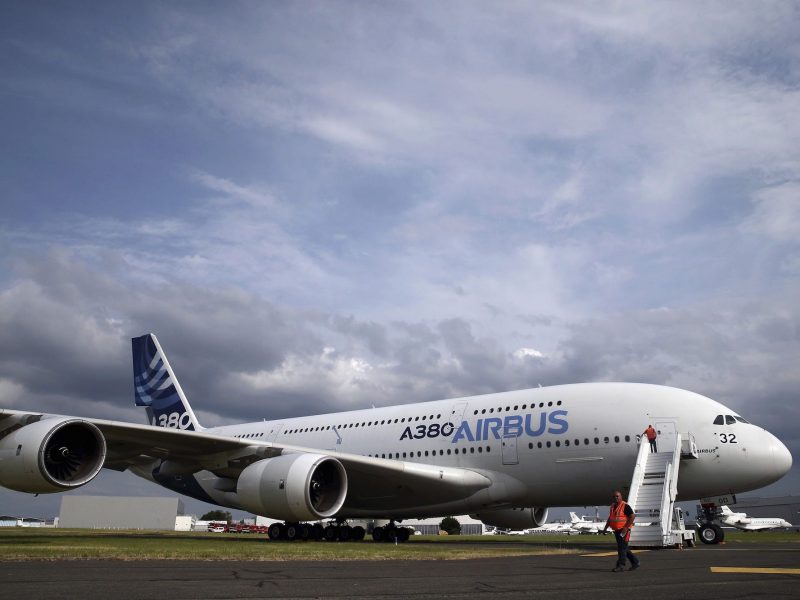
Emirates will receive the final Airbus A380 in 2021, with the airline responsible for keeping the product line alive until now.
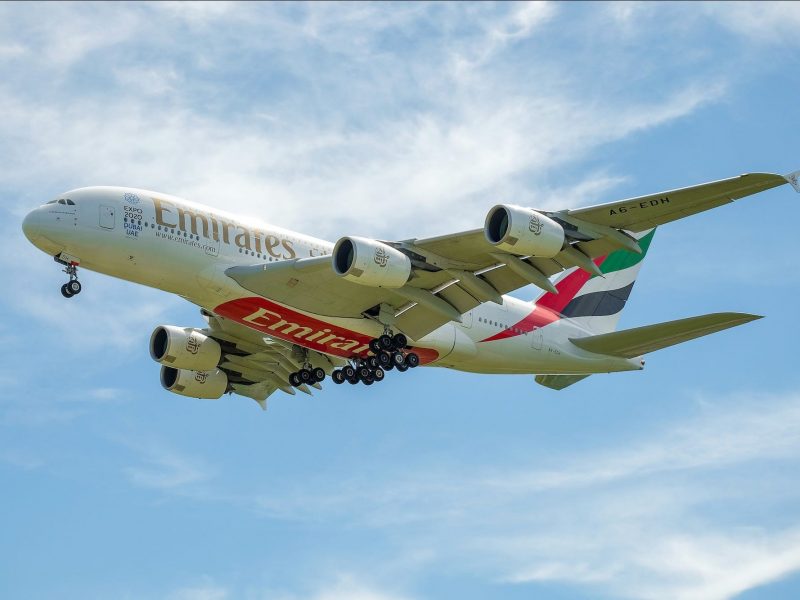
The aircraft simply has no more new customers and cannot compete with new, next-generation aircraft.
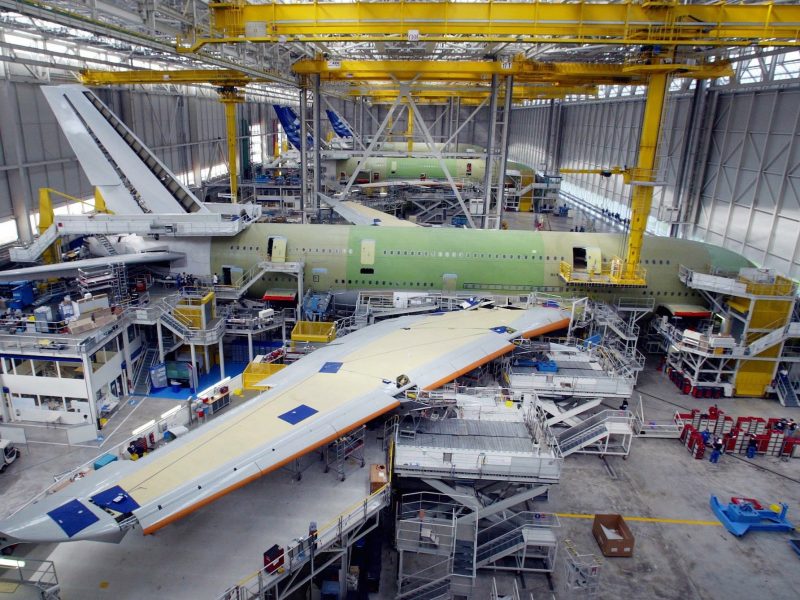
All Nippon Airways became the last, new airlines to fly the A380 when it took delivery of the first of three in March 2019 for use exclusively on the popular Tokyo-Honolulu route.
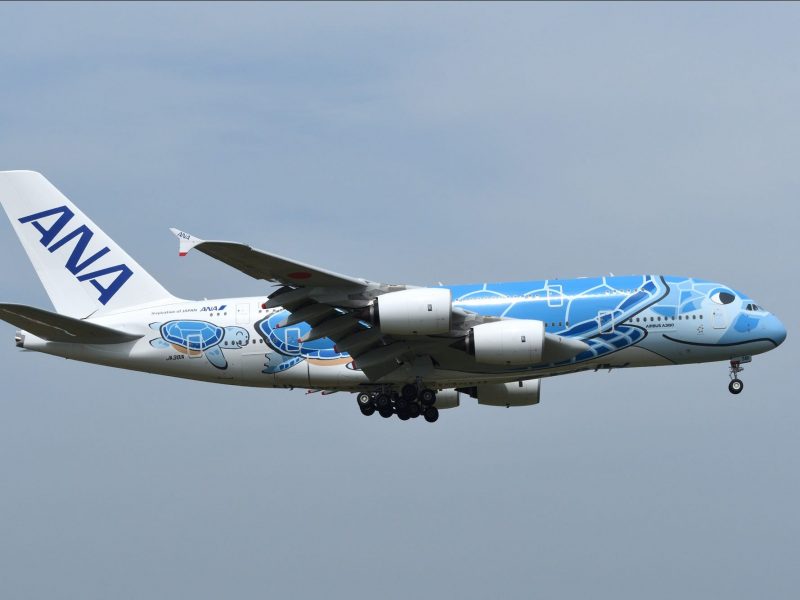
The final A380 convoy carried model 272 to Toulouse.
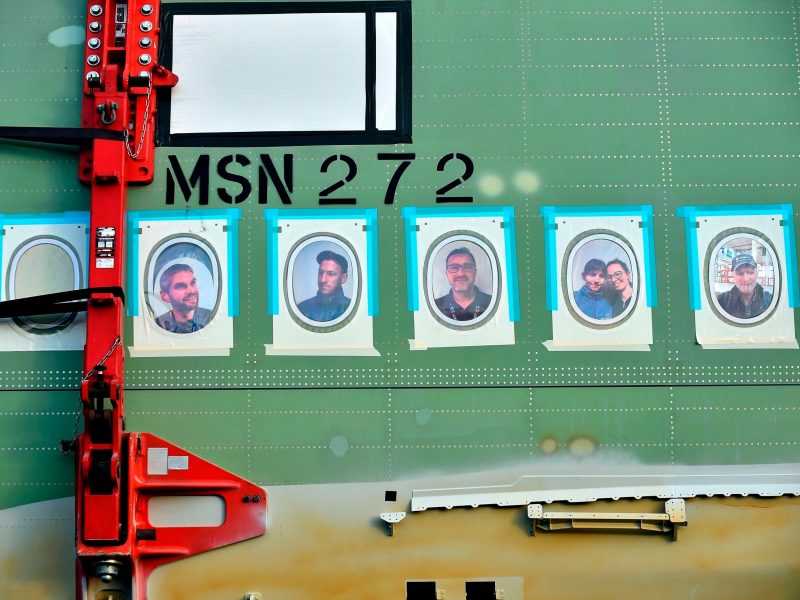
Photos of workers on the final project lined the fuselage, temporarily painted in green to protect the aluminum alloy.
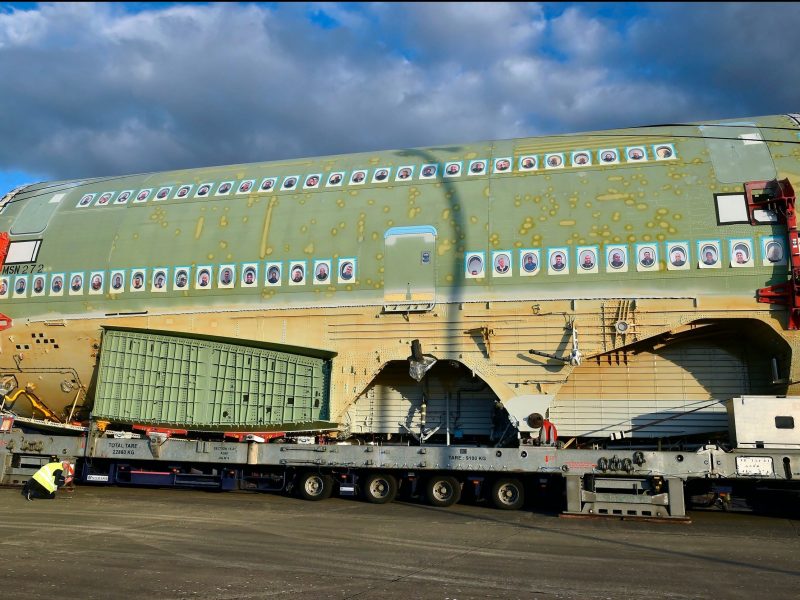
Airbus CEO Guillaume Faury was on hand to say goodbye to the aircraft that began production over a decade before he ascended to the top spot.
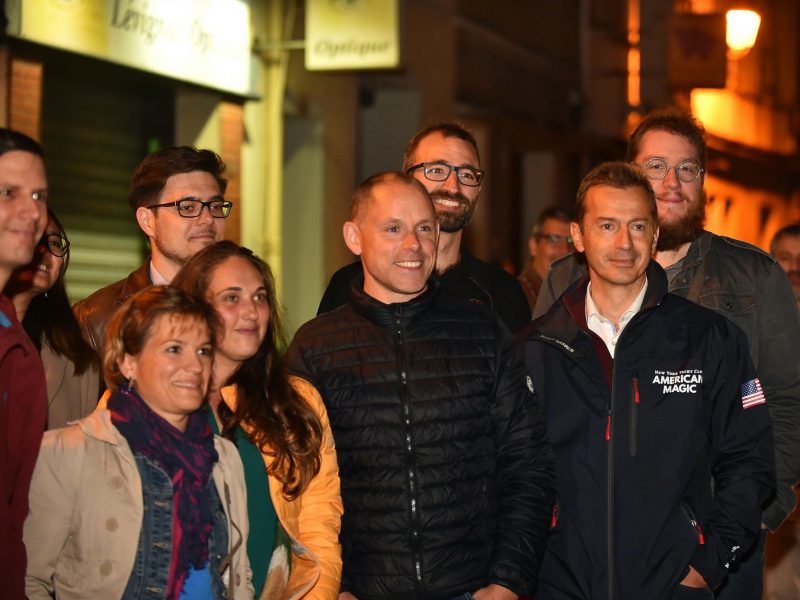
Airbus expects the product line to be completely closed in mid-2021 as no orders are coming in to keep the product line afloat.
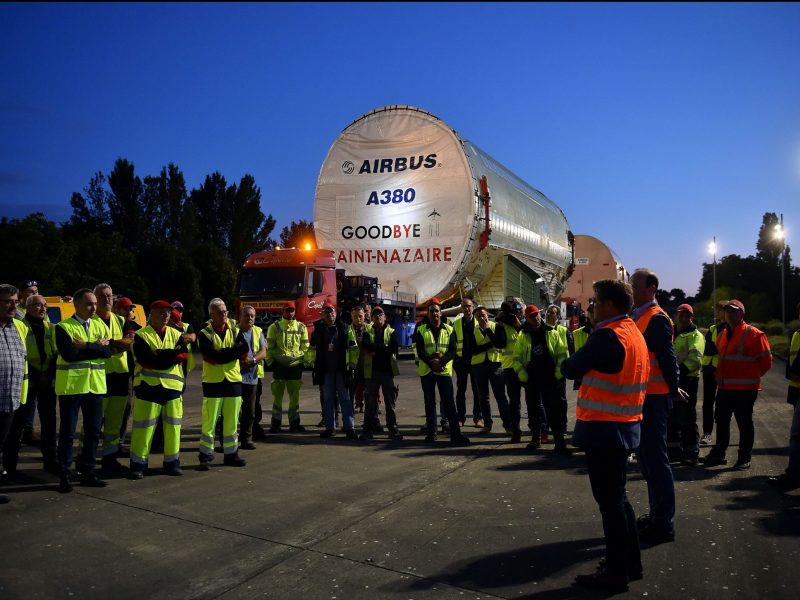
While it beat Boeing's iconic 747 in terms of size, the business case for the A380 at many airlines was quickly obsolete upon arrival of next-generation aircraft.
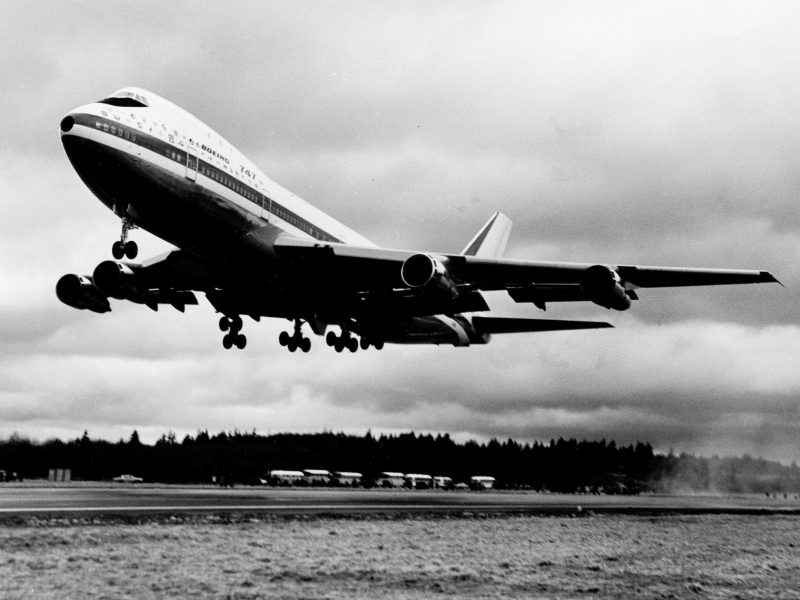
Airlines wanted smaller, not larger and the years following the Airbus A380's first flight saw the arrival of the Boeing 787 Dreamliner,
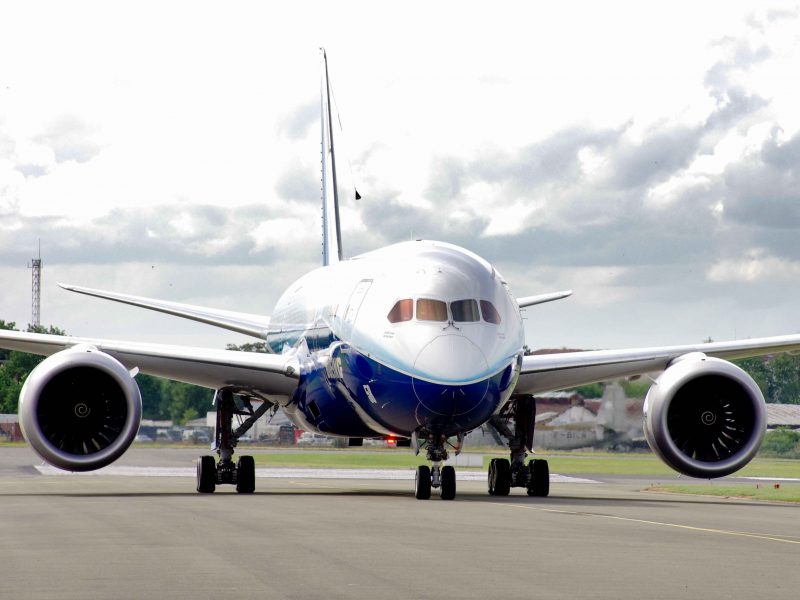
Followed by the Airbus A350 XWB,
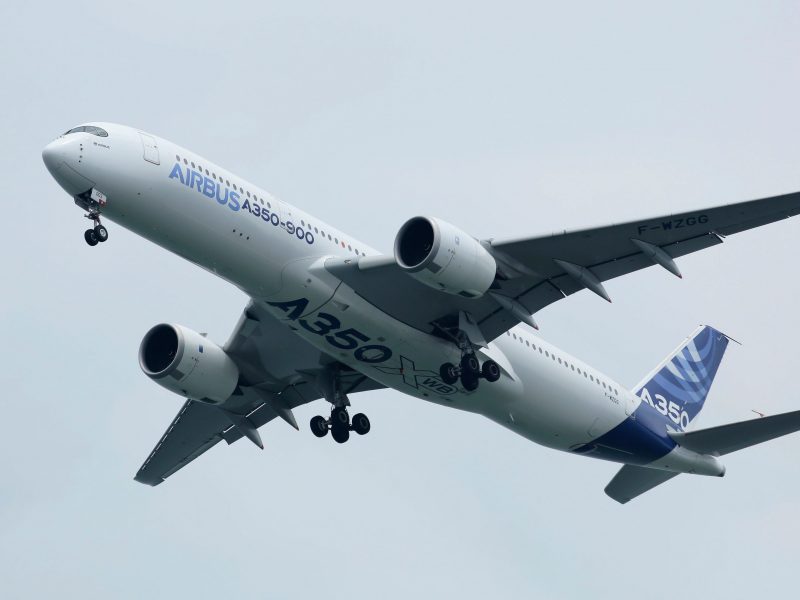
And the Boeing 777X, soon to be delivered to airlines.
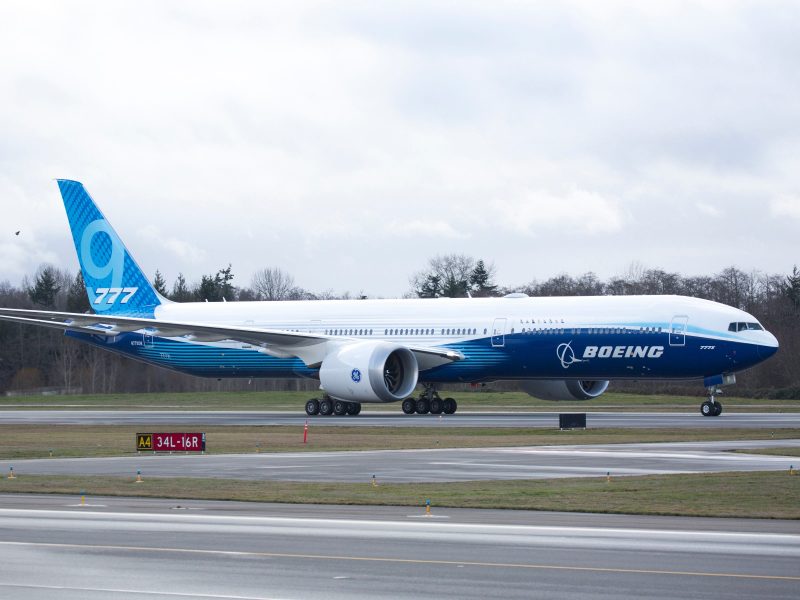
The coronavirus pandemic only worsened the case for the Airbus A380 as it was among the first casualties for airlines attempting to lean their fleets.
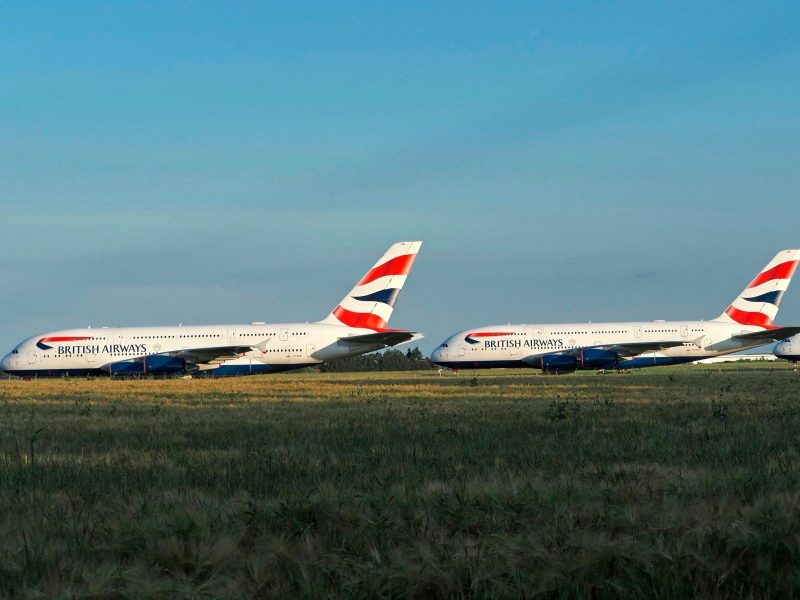
The demand for the superjumbo quickly evaporated, which most major airlines send their Airbus A380s to temporary storage.
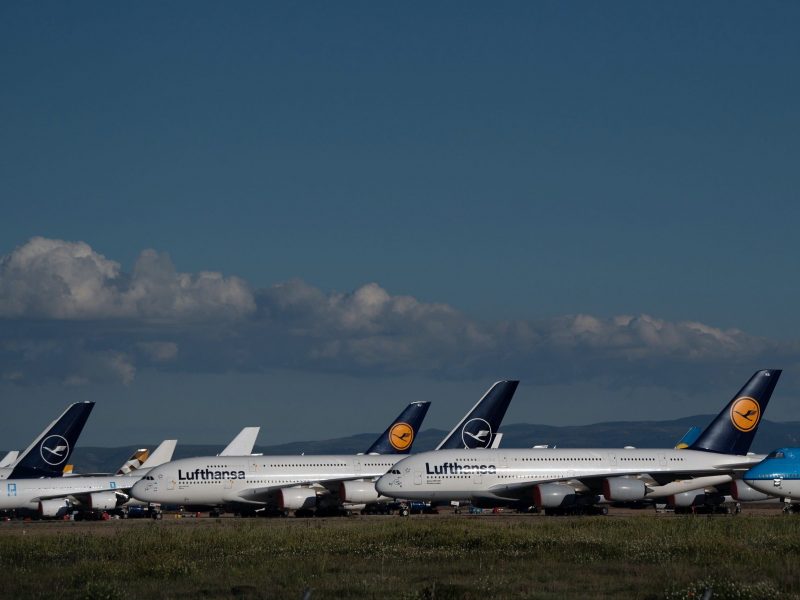
Air France went as far as to announce the immediate retirement of the fleet in May after using it on its most popular routes.
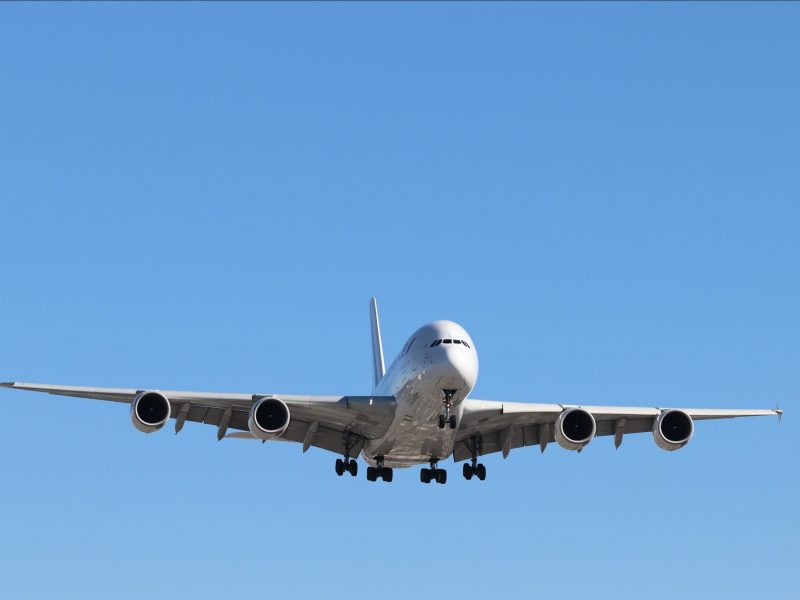
All hope isn't lost for the A380 as it's still finding purpose in this crisis thanks to charter airline Hi Fly.
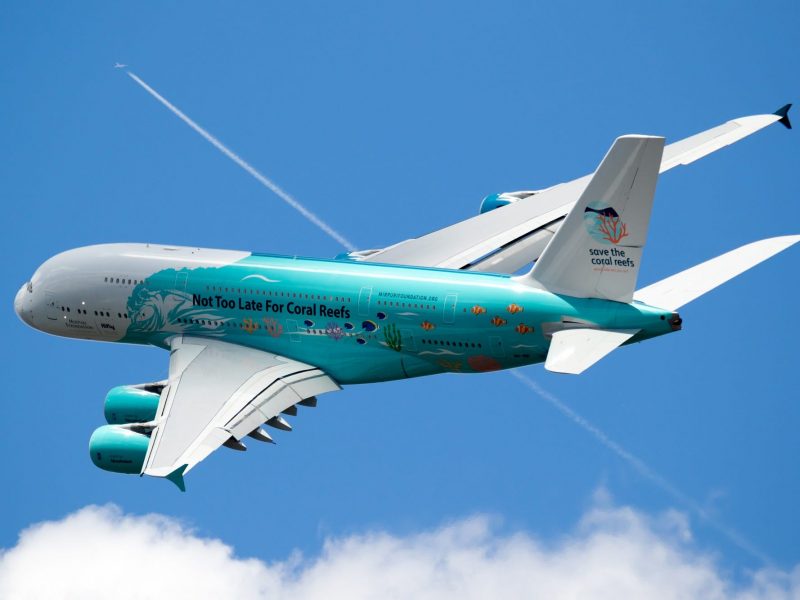
The Portuguese airline has been offering the four-engine jet for medical charter and the coral reef-themed A380 recently flew an around-the-world mission to bring supplies to the Dominican Republic from China.
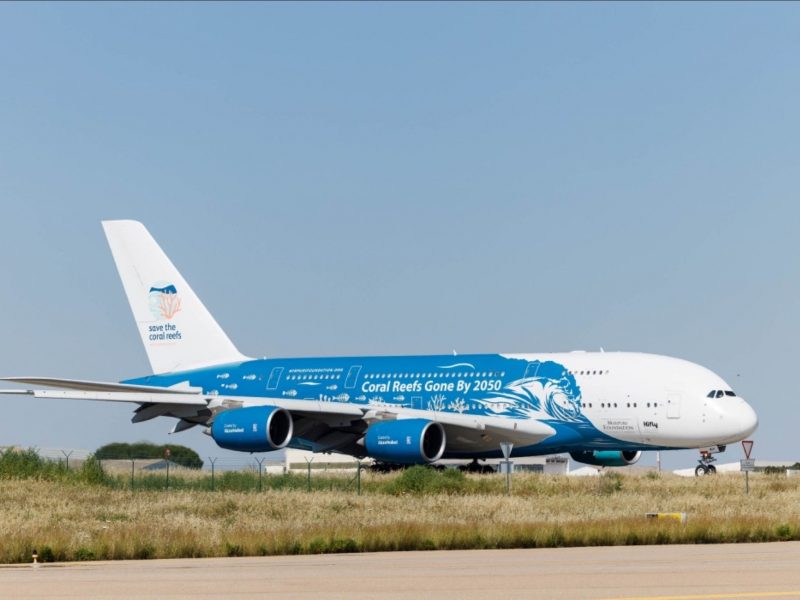
But for some airlines, the pandemic is just the right excuse to get rid of the A380.
